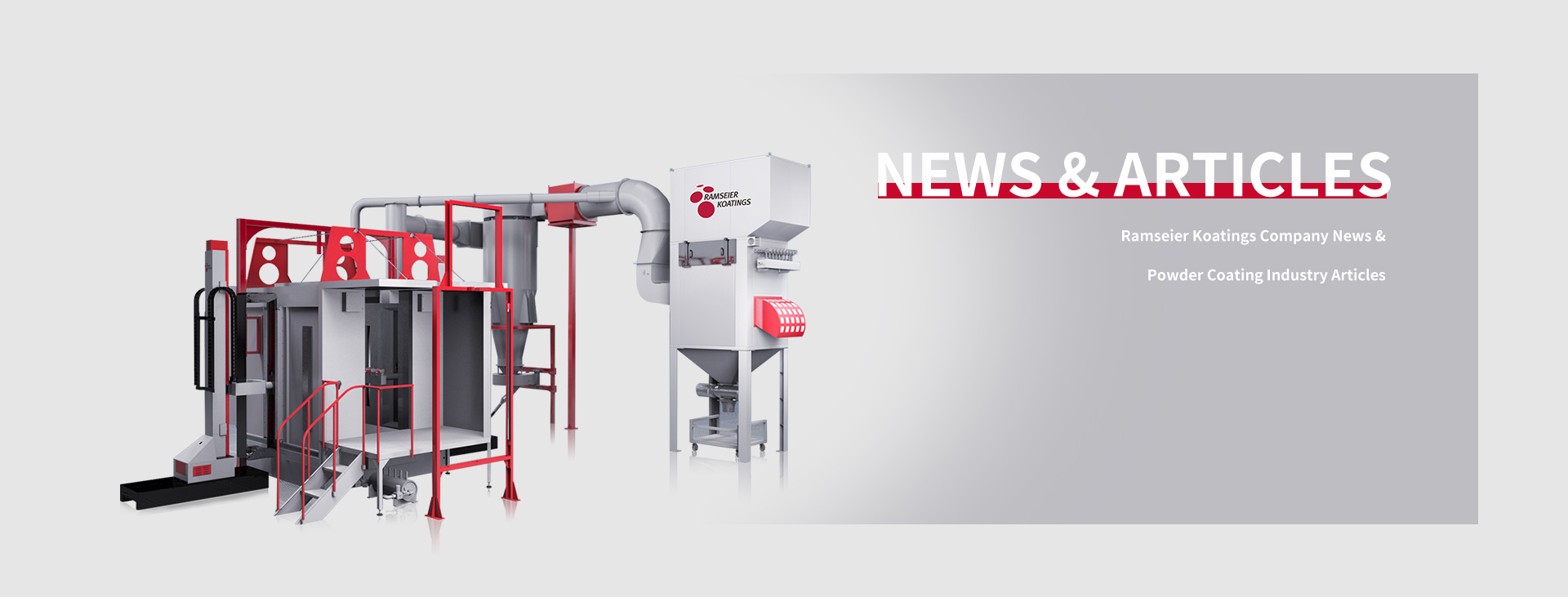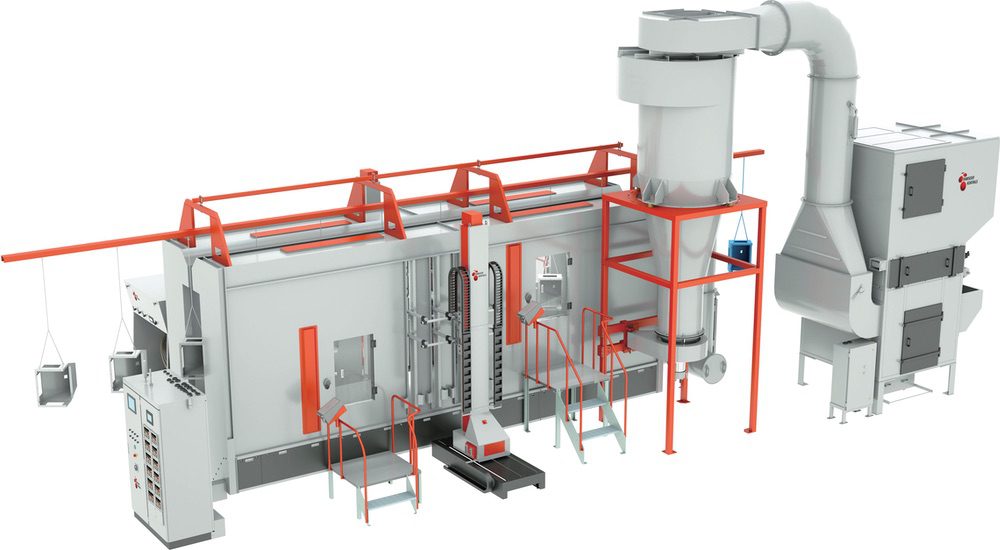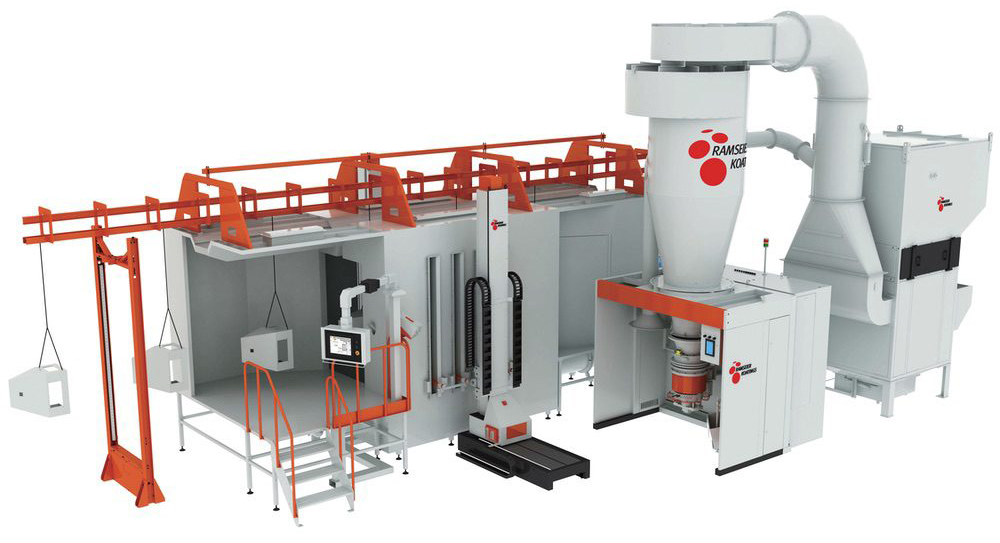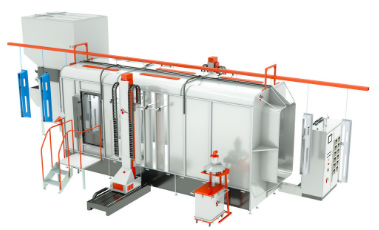
+852 2363 2511








Are you facing a tough decision? Do you want to know what the best finish for metal fabrication is? Conventionally, paint has many drawbacks, but powder coating is different. It gives you an advanced approach to beauty and protection.
You can use powder-coating paints to enhance the durability and environmental protection of your metal surfaces while enhancing their appearance.

Let's start with the basics.
Powder coating is a dry coat applied to industrial equipment as a finish. This is the route if you are looking for a finish that is both sturdy and flexible.
It is usable on different surfaces, from metal to concrete, plastic, and steel. You can use it on surfaces meant for both indoor and outdoor functions. It is very cost-effective.
The dry powder can be applied via many procedures (as an electrostatic process and cured with heat) to improve the function and appearance of the metal profile.
You have two choices: thermoplastics or thermoset.
Thermoplastics dry coating powder becomes liquid and malleable when heated. This property means there is little chance of permanent chemical bonding. Choose thermoplastic powder coating paints if you want a reversible process.
The biggest advantage is that thermoplastic powder coatings are much thicker, making them more durable than other coatings. This property makes them a good choice for heavy- applications like automotive and factory machinery.
Once cured, the chemical bonds cannot be reversed. Choose this powder-coating finish if you want something that can withstand the damaging potential of high-heat environments. Thermoset powder coats are much cheaper than thermoplastics.
One of the most popular thermoset powder coating finishes, epoxy powder coating, offers elevated chemical resistance. Choose this option if you want something reliable for indoor use in the manufacturing and automotive industries.
Another option is polyester powder coatings. Good for high color retention in outdoor uses, from buildings to furniture.
We have looked at the top categories of powder-coating paints. Now, let's look at the specific types you can buy for your various applications. Remember that when choosing paints color is just as important as function and composition.
Epoxies are the original powder-coating paint. Epoxies have remarkable robustness and may withstand varied levels of chemical corrosion.
They are easy to apply and have shorter curing times. Beware that epoxies stick to metals very fast. Skillful application is necessary to achieve the desired appearance.
Another challenge is aging. If you want a powder coat that doesn’t fade and chalk in the sun's heat or other elements, this may not be it. Epoxies do not weather well and might disintegrate from the surface after a few months.
Do you want improved color retention on your powder-coated surface? Choose Polyesters. This thermostat coat is a marvel.
It is flexible and puts up well in high-impact environments. It is more chemically resistant than epoxy, and the powder cures at a much lower temperature.
If you are afraid of yellowing, typical in powder coating, polyesters offer improved overbake resistance.
With these kinds of paints, under the help of powder coating tools, you can expect high UV resistance for over two years. Expect good performance in both outdoor and indoor applications.
The combination of epoxies and polyesters creates hybrids. The hybrids are like pure epoxies but with improved weather resistance qualities.
You can mix hybrids in different quantities to enhance the properties of epoxy and polyester. Compared to pure epoxy, the polyester improves the mixture's overbake resistance and yields an ultra-smooth, thin layer. Hybrid combinations are also much more cost-effective than pure epoxies.
The polyesters reduce the epoxies’ corrosion resistance and ability to withstand extreme chemical conditions. Even so, they don’t make the mixture any less weather-resistant.
You can use hybrids in settings that need both aesthetics and functional features. Some of these use cases are the same as those for epoxies. However, they are more effective for indoor applications such as power tools, washers, dryers, shelves and furniture.
PVDF and FEVE are the most popular Fluoropolymer powder coatings. For PVDF Fluoropolymers, you will need a primer layer. You may encounter challenges in curing and bonding on metallic powders.
FEVE is a one-application dry coating that offers improved resistance to the elements. It is easy to bond FEVE-based Fluoropolymer with metal surfaces, leading to a more consistent façade.
You can use Fluoropolymers in buildings thanks to their high weather resistance and ability to retain the original color. They are great for exterior architectural uses on curtain walls, doors, and windows.
IFS 500FP is one of the most high-performance FEVE-based powder coats. It elevates the abrasion resistance of typical fluoropolymer dyes and can be reliable in various exterior applications.
Urethanes are similar to polyesters in chemical composition. But they use different curing agents. You can expect a smoother-than-typical finish when you use urethanes.
They offer improved durability and higher chemical and corrosion resistance, making them ideal for agricultural machinery, fuel tanks, and the automotive industry.
But one of the most significant drawbacks of urethane powder coating paint is that it can turn brittle when you increase thickness. It also has a strong, pungent smell during application and may produce smoke if over-cured.
You can expect fewer complications like uneven coverage and drips and sags. Thermosetting paints offer a high-quality finish for beauty and function.
After they cure and form a tough bond with the surface, you can expect long-lasting resilience against chemical exposure. Thermosetting coats are highly durable. Your surface will be safe from impact, abrasion, and the elements.
Thermoset powder coating paints are much cheaper in the long run. Durability, corrosion resistance, and color retention mean that you will spend less money on repainting in the future.
Thermoset paints are free from emissions to the environment during use. Hence enhancing regulatory compliance to be more attainable. They are ecofriendly compared to other traditional paints.
In addition, they reduce the costs related to maintenance of parts and lengthen their lifespan.
Nylon is another powder coating in this group. It offers great qualities like improved adhesion, reduction in friction and improved longevity. Also, it is compatible for use in environments that have moving parts, i.e., construction devices as well as machinery.
These paints offer high levels of resistance. They are the first original powder coating paints. You can get excellent properties such as good insulation. They are ideal for applications where people interact with objects, such as automotive handles. They are easy to clean and offer dependable resistance to corrosives.
PVC coatings may require a primer to form a strong bond with the metal. But they are effective in color retention. You can choose this type of dry powder coat for areas that need high flexibility.
Choose polythelene if you want robust protection against corrosion and weather elements. It has similar qualities to polyethylene.
However, polypropylene exists as an inert compound. Without a chemical alteration process in preparation, you may face challenges getting it to stick to metal.
Texture is consistent: If you are looking to paint handles or furniture, this is the right paint. It feels smooth to the touch.
Endless colors: Thermoplastic powder coats give you extensive customizations. If aesthetics is your number one priority, you will fall in love with this group of powder coats.
Easy to paint with: There is little work involved. It is less tiring and less messy compared to other paint jobs.
It saves you money. This is a single-layer type of coat. You will use less paint and get durability even in harsh environments.
Electrical insulation: Thermoplastic paints are good insulators. You can use them in applications that require heat protection, such as fridge shelves.
Preparation is important. Make it the first step in the process because this step will determine how perfectly the powder coat adheres to your metal surface.
Use a degreaser, then switch to a phosphate rinse. Conclude the preparation with a water rinse. It's now time to apply the powder. Use a spray gun to spread the pain and let it cure evenly.
The result of many powder-coating paints is a thick and hard-to-remove coating. This means great care must be taken during preparation and application to protect the surface from anomalies such as holes and unevenness.
Powder coating professionals may use unique painting booths equipped with a suction and filtration system for the paint powders. This helps minimize destruction from dispersion and possibly reuse stray paint.
The finishes have a polymer resin base that mixes with desired colors, agents, and additives. This complex mix is heated, cooled, and powdered to form the applied dry coat.
The powder coating process minimizes overspray and eliminates waste. For this reason, applying powder coating is much easier than using ordinary paints. But remember that you will need an electrostatic powder gun to apply the dry coat.
In other words, the power gun helps infuse a positive charge into the powder. This electric charge launches it towards the surface of the metal and helps in bonding. Finally, chemical bonding helps to strengthen the paint’s adherence during curing.
Longevity can vary based on many factors, such as the level of surface preparation. Apply the coat on a cleaner and smoother surface for top durability and environmental protection benefits.
The types of powder coating used matter, too. Powder-coating paints that use triglycidyl isocyanurate as an ingredient are the longest-lasting. You get UV protection, chemical resistance, and waterproofing all in one.
Powder coating that has polyurethanes and fluoropolymers can also last longer. They have the capabilities designed to survive extreme conditions in indoor and outdoor areas. Epoxy paints don’t last long. They break down faster following exposure to the elements.
Powder coatings are an excellent choice in metal fabrication, given their many aesthetics and protection benefits. Beyond durability, there are more benefits to consider.
Good for the environment. They are reusable, making them the most eco-friendly paint option in the industry. They are also recyclable. If you are committed to sustainability, thermoplastic coatings can be reshaped much more cost-effectively compared to thermosets. The powder coating process releases very few organic compounds. They are much safer for the workers, too.
Reduced wastage. You can apply the powder with minimal wastage thanks to the precise electrostatic guns. You can expect about 15% or less wastage, and since they don’t require solvents, this can be a huge cost saver.
Worth the money. These paints cost more upfront, but in the long run, they can help you save more. The coat is practical in small amounts and doesn’t wear down quickly. You will apply once and forget.
Despite being a super reliable type of finish, powder coats have some drawbacks, too. You will need to choose the right paint and apply it with high precision to achieve the desired results in beauty and function. Here are some of the challenges to consider.
Reduced control. Applying powder coats requires highly experienced paint professionals. Without the right skills, you may struggle to achieve the best thickness or control the eventual texture of the coating. Often, painting professionals end up with an undesirable texture and are forced to redo the mixing, heating, and cooling.
The color problem. We love that reusability and recyclability are high with powder coating, but let's face one crucial fact: cross-contamination is a big challenge. This can be difficult in settings where a mismatched finished surface is tantamount to project failure. You can minimize this risk by keeping powders sealed when not in use.
Powder-coating paints are the best when in metal fabrication. You will save money and improve the environmental friendliness of your applications.



